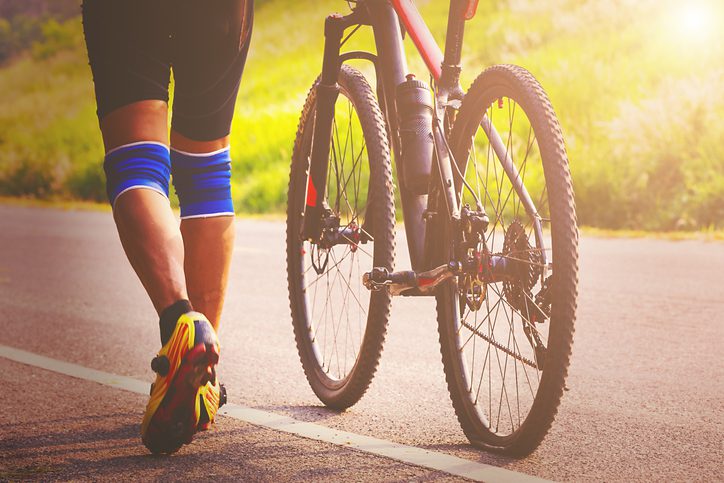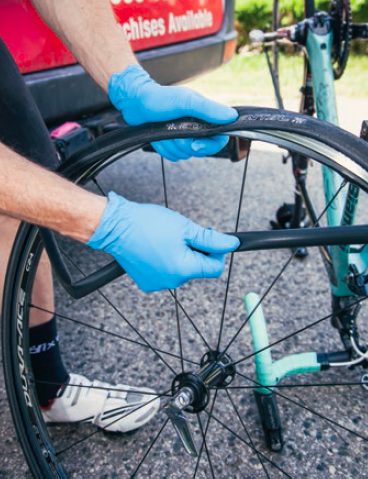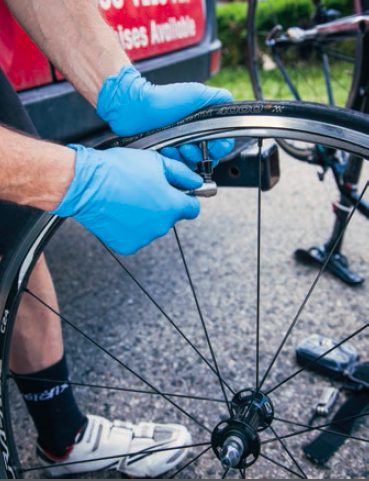Bike repair: How to change a flat
"It's bound to happen." Getting a bike flat is, unfortunately, one of those occurrences that can come as a nasty surprise to those who are not prepared. However, it doesn't have to be a worry; with practice and patience, you can quickly learn this skill.


“It’s bound to happen.” Getting a bike flat is, unfortunately, one of those occurrences that can come as a nasty surprise to those who are not prepared. However, it doesn’t have to be a worry; with practice and patience, you can quickly learn this skill.
Unfortunately for triathletes, we often get a bad rep for not being able to do simple bike repairs. Below is a simple guide to a necessary bike repair procedure. Being able to change a flat is a skill you should master before going out on your next long ride or race. You will be thankful you took the time to learn this skill, especially when it happens at the most inopportune time.
Related: Five Minute Flat Repair and How to Remove and Install a Bicycle Tire & Tube video by Park Tool
- Allow the tire to deflate fully.
- Remove the tire. Use the flat end of a tire lever. Get underneath the bead of the tire, lifting the tire, so it rests on the rim. You can then clip the lever to the adjacent spoke and use the second lever to slide the tire off. Note, at this point, one side of the tire casing will be off the rim.
- Remove the tube.
- Inspect the tire and rim for damage. This is one of the most important steps, but also one of the most forgotten steps. Take the time to slowly move your hands through the tire, inspecting for wholes, debris, etc.
- Now it’s time to put in the new tube. Put the valve through the valve hole in the rim and tuck the tube around the wheel, before then rolling the tire back over the rim.
- Pump up the tire. If you’re at home, you can now take your conventional bike pump and inflate your tire to your desired pressure. If you are on the side of the road, you can use a CO2 cartridge or hand pump. It is best to be carrying both tools, either in your saddle bag or jersey pocket. The CO2 cartridge is time efficient and can get your tire back to a high pressure with little effort. However, it can be unreliable at times. Alternatively, a hand pump is reliable. However, it does take a fair bit of effort to get your tire to a pressure that is rideable.
It’s an easy to learn repair, that if you master, it can save you loads of time and frustration.

